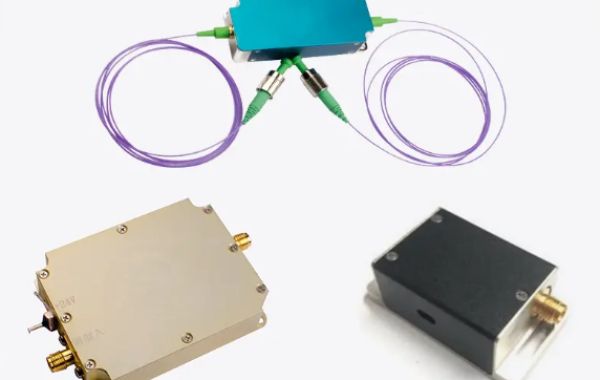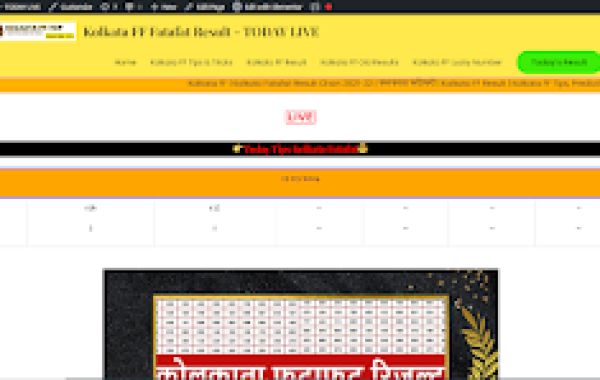When choosing a Fiber Optic Acousto-optic Modulator (FOAOM) for your application, considering several key specifications is crucial. Here are some of the most important ones:
- Operating Wavelength Range (nm):This specifies the range of light wavelengths the FOAOM can work with. It should be compatible with the laser source you'll be using in your system. Common ranges include 1064nm, 1310nm, and 1550nm.
- Insertion Loss (dB):This represents the amount of light power lost when the light passes through the FOAOM. Lower insertion loss is desirable, as it signifies a more efficient modulator.
- Extinction Ratio (dB): This describes the contrast between the 'on' state (light transmitted) and 'off' state (light blocked) of the modulator. A higher extinction ratio indicates a more complete shutoff of light in the 'off' state.
- Rise Time and Fall Time (ns):These represent the speed at which the FOAOM switches between 'on' and 'off' states. Faster rise and fall times are necessary for high-speed modulation applications.
- RF Power Handling (W):This specifies the amount of radio frequency (RF) power required to drive the FOAOM and achieve the desired modulation.
- RF Frequency (MHz): This defines the operating frequency of the RF signal used to control the FOAOM. The modulator's design dictates this frequency, and it often needs to be matched with an RF driver for optimal performance.
- Bandwidth (MHz):This indicates the range of modulation frequencies the FOAOM can handle effectively. It should be sufficient for the bandwidth of your signal.
- Fiber Type and Connector: The FOAOM will likely be compatible with specific types of optical fibers (e.g., PM1310, PM1550) and connectors (e.g., FC/APC). Ensure compatibility with your existing fiber optic setup.
- Other Considerations:Additional factors like operating temperature range, package size, and environmental stability may also be relevant depending on your specific application.
By carefully evaluating these key specifications and matching them to your project requirements, you can select the most suitable FOAOM for your fiber optic system.







